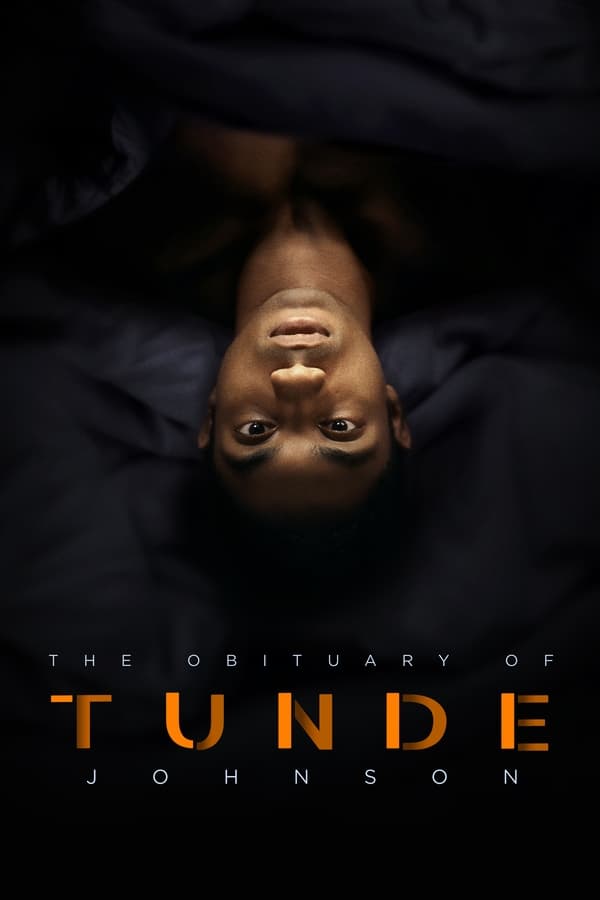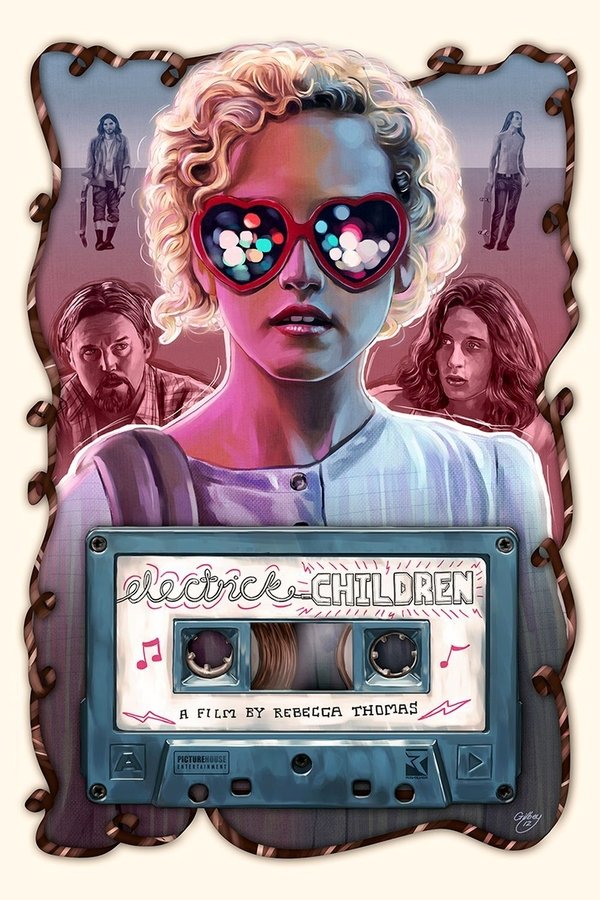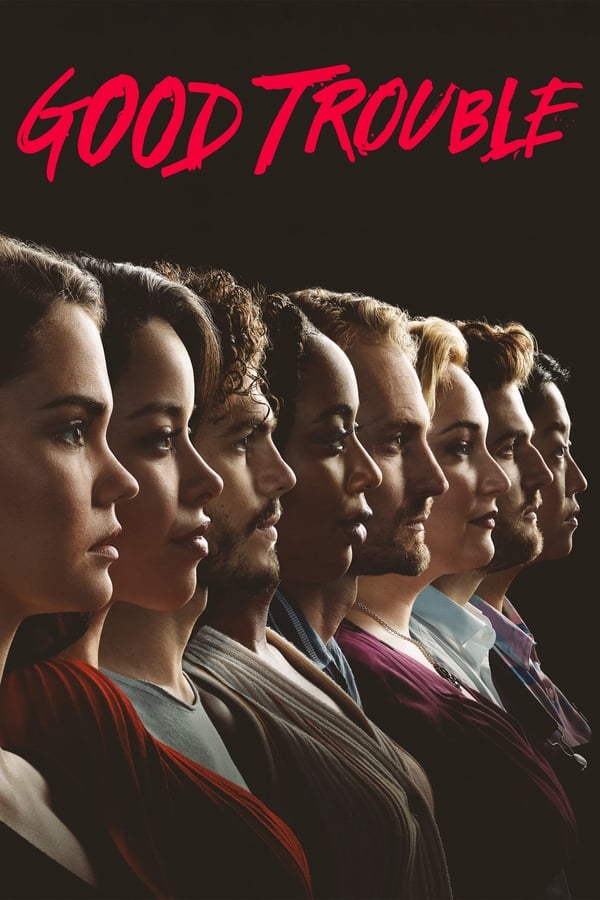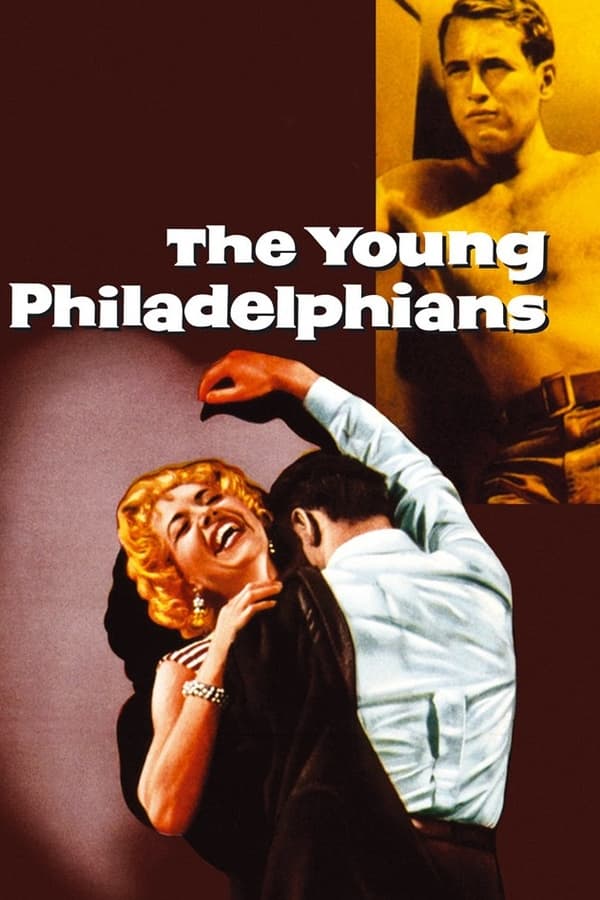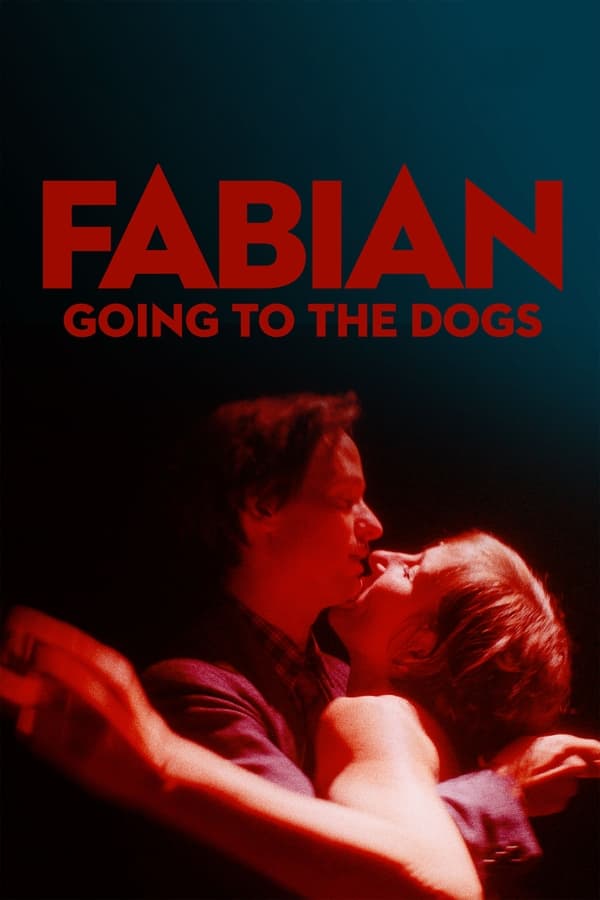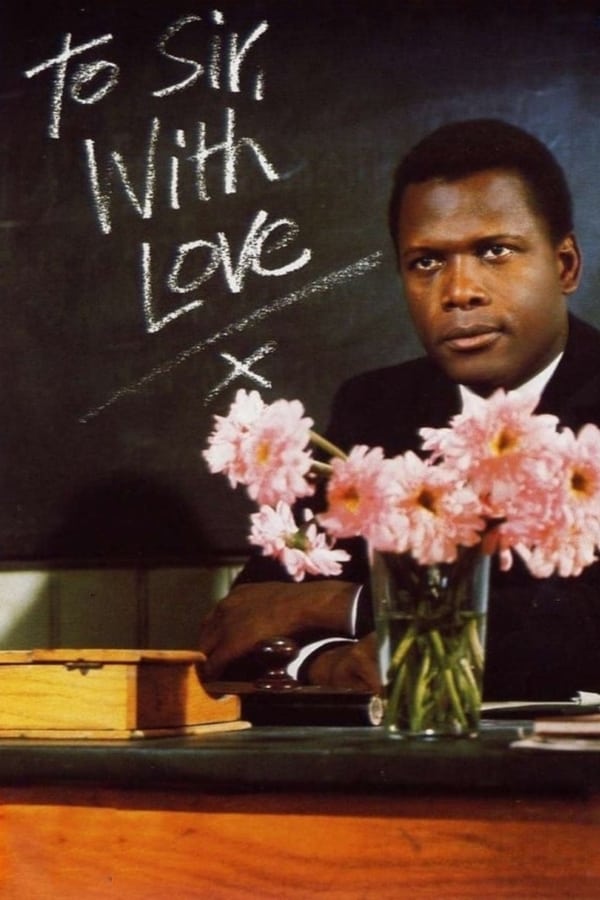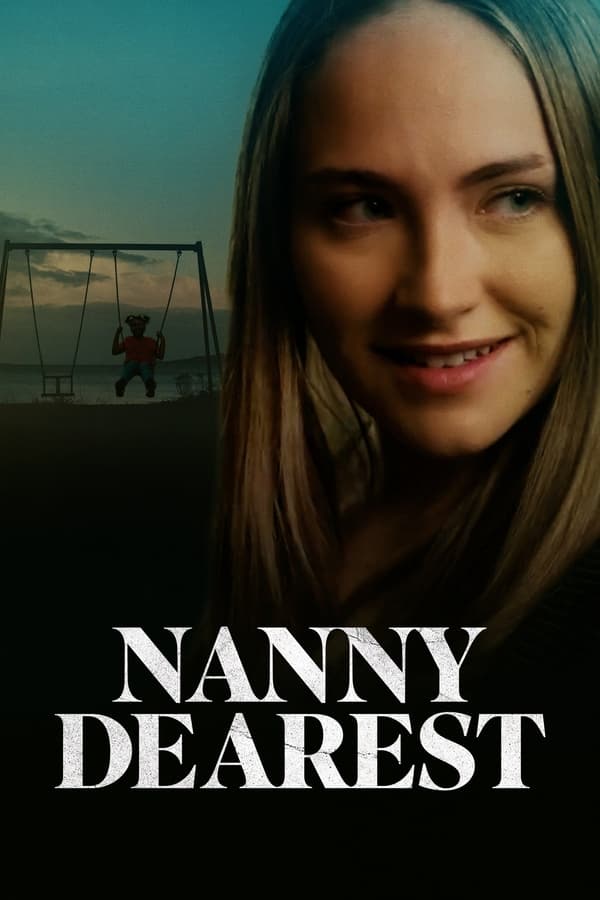Trailer
Toggle light
Comments
68 Views
Report
FavoriteIf current server doesn't work please try other servers below.
Server
Vidsrc
Server
1080P Only No ads
Server
GD
Server
StreamBucket
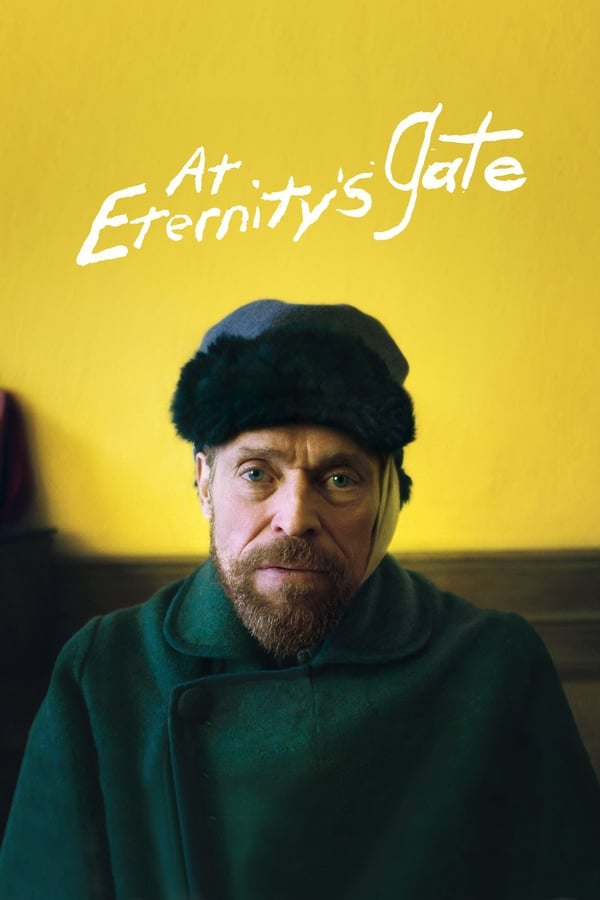
At Eternity’s Gate 2018 Watch Free
At Eternity’s Gate Watch Free: A Journey Through Vincent van Gogh’s Final Years
Vincent van Gogh, a name synonymous with artistic brilliance and emotional turmoil, spent the last years of his life in a state of constant exhaustion. His art was both a means of expression and a reflection of his inner struggles. In “At Eternity’s Gate Watch Free,” viewers are taken deep into the world of this troubled artist, exploring the moments that shaped his iconic works and the psychological battles he faced. From the vibrant landscapes of Arles to the somber tones of his final months, Vincent’s journey is one of passion, isolation, and the search for meaning in both art and life.
Vincent’s Artistic Vision: A Deep Dive Into “At Eternity’s Gate Watch Free”
At the heart of Vincent van Gogh’s art is a relentless pursuit of meaning. While living in the picturesque town of Arles, he immersed himself in his surroundings, capturing the essence of landscapes with his own unique style. Van Gogh’s work often reflected his personal struggles, with some of his most iconic pieces, such as “Sunflowers” and “The Yellow House,” symbolizing the transient nature of life. Vincent’s choice of yellow, a color that symbolizes both joy and melancholy, plays a crucial role in “At Eternity’s Gate Watch Free,” highlighting his obsession with permanence amidst the impermanence of nature.
The Yellow Room: Vincent’s Sanctuary in Arles
Vincent often retreated to a room painted entirely in yellow, a color he believed symbolized hope and creativity. This room became a personal sanctuary for him, where he could paint without interruption and reflect on the deeper meaning of his work. His frequent contemplation of still life subjects, such as seasonal flowers, led him to question the role of art in preserving the essence of life. For Vincent, painting was a way of transcending the fleeting nature of the world around him, offering a sense of eternity that his subjects could never achieve in real life.
The Sketchbook and Philosophical Reflections: Exploring Vincent’s Mind
During his time in Arles, Vincent’s art evolved. A large sketchbook, gifted to him by Madame Ginoux, became his primary medium. He filled it with pen and ink sketches of landscapes, capturing the world around him with a rawness that matched his emotional state. Vincent’s philosophical musings, such as his desire to “see the eternity behind the landscape,” are central to the film’s exploration of his psyche. These reflections give us insight into his complex worldview, where he sought not only to depict nature but to understand its deeper meaning.
The Struggles and the Mockery: Vincent’s Isolation and Rejection
Vincent’s life in Arles was marked by profound isolation. His artistic vision was often misunderstood, and his eccentric behavior made him a target for ridicule. One particularly poignant moment in “At Eternity’s Gate Watch Free” shows Vincent being mocked by a group of schoolchildren, who laugh at his work and call him crazy. This rejection, coupled with his growing emotional instability, led to a series of events that would shape the final years of his life.
After an encounter with some local boys who throw rocks at him, Vincent is subdued by townsmen and sent to a psychiatric hospital. His brother Theo, ever the supportive figure in Vincent’s life, is called to Arles from Paris to help. Through Theo’s intervention, the artist is introduced to fellow painter Paul Gauguin, who arrives in Arles, bringing with him a sense of hope and creative collaboration.
Gauguin’s Arrival and the Turbulent Relationship with Vincent
Vincent’s excitement at Gauguin’s arrival quickly turns to disappointment. Although they initially bond over their shared passion for art, the relationship soon sours. When Gauguin announces his plans to leave, Vincent’s mental state deteriorates. In a desperate attempt to prove his loyalty to their artistic partnership, Vincent cuts off a piece of his ear and presents it to Gauguin, but by the time he does so, Gauguin has already left. This act of self-destruction marks a tragic turning point in Vincent’s life, leading to his further isolation and eventual confinement in a mental asylum.
Life in the Asylum: Searching for Peace in Saint-Rémy-de-Provence
Vincent’s time in the asylum at Saint-Rémy-de-Provence is a period of introspection and artistic renewal. Although he is confined to the institution, he continues to paint, creating some of his most famous works, such as “The Starry Night.” The film “At Eternity’s Gate Watch Free” portrays his conversations with a sympathetic priest, where Vincent discusses the nature of God, art, and the human experience. Despite the support of the priest, Vincent’s mental health deteriorates, and he is eventually released and sent to Auvers-sur-Oise, where he hopes to find peace.
Auvers-sur-Oise: Vincent’s Final Months
In Auvers, Vincent continues his work, now focusing on the landscapes of the quiet village. However, his fragile state of mind is further tested when he encounters two local boys who playfully disrupt his painting. Their mockery ends tragically when one of them accidentally shoots Vincent. The boys, fearful of the consequences, beg Vincent not to tell anyone about the incident. Despite the wound, Vincent returns to Auvers, where Doctor Gachet examines him, but Vincent insists the injury was self-inflicted.
The Final Tragedy: Vincent’s Death and the Legacy of His Art
The last moments of Vincent’s life are poignantly portrayed in “At Eternity’s Gate Watch Free.” When Theo arrives from Paris, it is too late. Vincent dies from his gunshot wound at the age of 37. His brother Theo arranges a simple funeral, where Vincent is surrounded by his paintings. This final scene underscores the deep emotional connection between the two brothers, who supported each other throughout Vincent’s turbulent life.
Revealing the Lost Sketchbook: A Posthumous Discovery
The film ends with a poignant message, revealing that Vincent’s completed sketchbook, which he had given to Madame Ginoux, was not discovered until 126 years later in 2016. This discovery offers a new perspective on Vincent’s life and art, further solidifying his place as one of history’s most influential artists. A mid-credits scene features a narration by Gauguin, reflecting on Vincent’s favorite color—yellow—an enduring symbol of the artist’s complex relationship with light, hope, and despair.
Watch “At Eternity’s Gate Watch Free” and Dive Into Vincent’s World
“At Eternity’s Gate Watch Free” offers a unique and intimate portrayal of Vincent van Gogh’s final years, exploring his genius, struggles, and enduring legacy. Through powerful storytelling and compelling performances, this film invites viewers to step into the mind of one of the world’s most beloved artists. If you haven’t already, watch “At Eternity’s Gate Watch Free” and experience the emotional depth and artistic beauty that defined Vincent van Gogh’s life and work. Don’t miss out on this powerful cinematic journey into the heart of genius and madness.
You may also like
×

